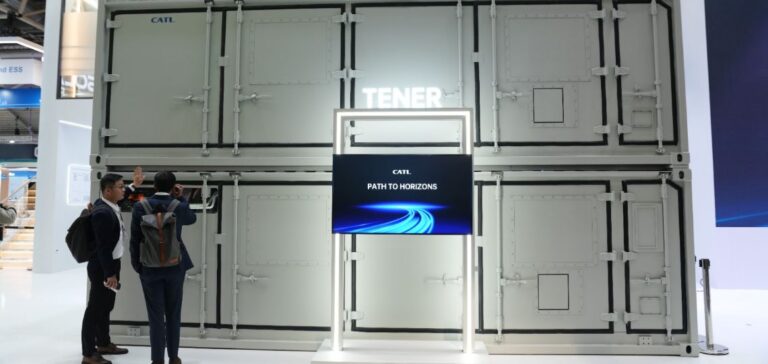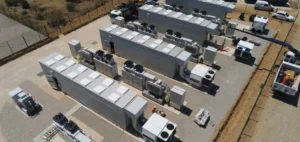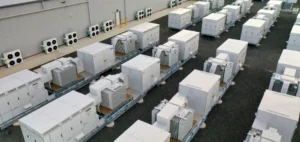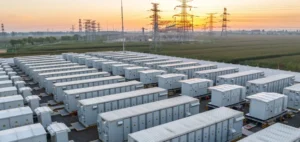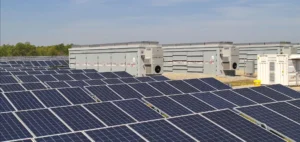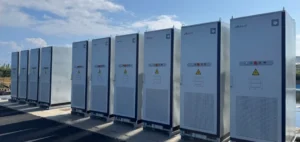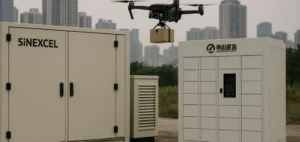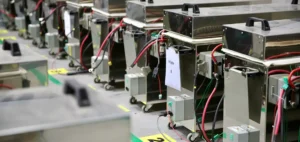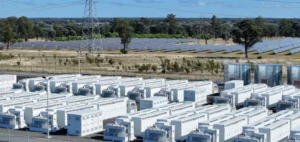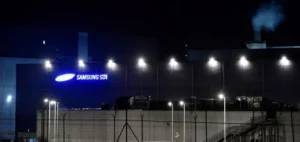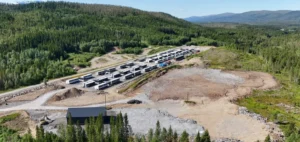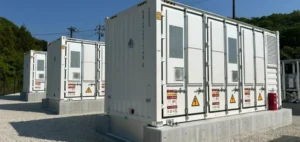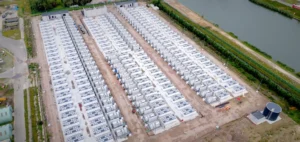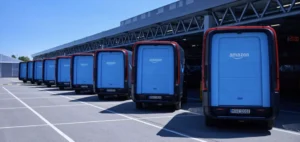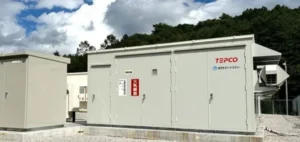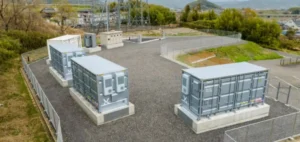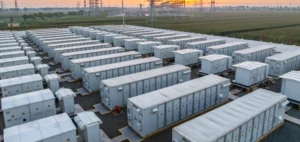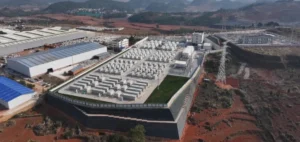Chinese manufacturer Contemporary Amperex Technology Co. Limited (CATL) has launched TENER Stack, a new stationary energy storage system with a capacity of 9 MWh. This unit was unveiled at the ees Europe 2025 exhibition in Munich and represents a step forward in the development of large-scale, high energy density storage solutions for industrial applications and power infrastructure.
A modular system with enhanced energy density
TENER Stack is based on CATL’s lithium iron phosphate (LFP) technology and incorporates a modular structure designed for mass production. It delivers a 45% improvement in space utilisation and a 50% increase in energy density compared to standard 20-foot container systems, according to the company’s data. The unit can reach a capacity of 9 MWh, equivalent to the average consumption of a household over six years.
To improve compatibility with existing infrastructure, the system is designed to operate with both centralised and string Power Conversion System (PCS) architectures. This dual approach aims to facilitate integration into current networks while broadening possible use cases.
Reduced costs and land use optimisation
CATL reports that deploying 800 MWh of storage using TENER Stack would require nearly one-third fewer containers than traditional 6 MWh systems. This optimisation reduces the number of PCS units and lowers oversizing-related costs while increasing land use efficiency by 40%. The company estimates developers could achieve up to 20% savings on total station construction costs.
The system also stands out with its transport design. Each unit is split into two half-height modules, each weighing less than 36 tonnes—the legal transport threshold in many countries. This ensures compliance in 99% of international markets while using standard transport equipment.
Safety features and climate adaptability
TENER Stack integrates enhanced safety features, including improved gas sensors that trigger suppression systems 35% faster. It complies with IEEE693 standards for magnitude 9 earthquakes and can withstand category 5 hurricanes. The unit also features a triple-layer insulation providing a two-hour fire resistance rating.
The thermal management system reduces cooling needs and keeps noise levels at 65 dB(A), making the unit suitable for urban environments. The company states that these technical improvements are designed to lower maintenance costs and improve reliability across diverse climate zones.
By November 2024, CATL’s energy storage products had been deployed in over 1,700 projects globally. TENER Stack builds on the company’s existing TENER and TENER FLEX solutions, introducing higher capacity and a transport-optimised structure.


